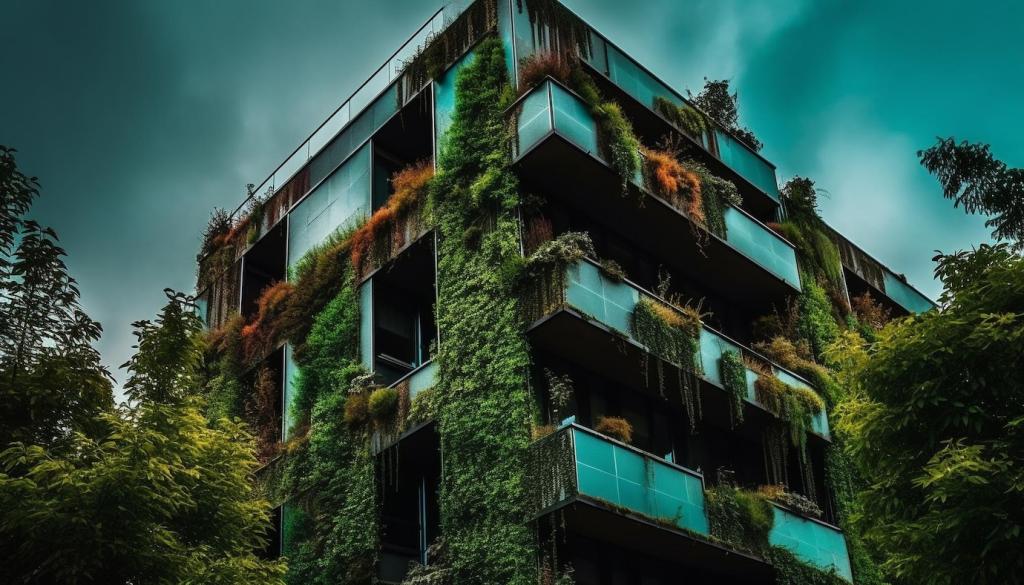
Sustainability in Home Renovation: Pioneering Ideas
Sustainability in home renovation is rapidly transforming the way we think about our living spaces. Environmentally conscious homeowners and forward-thinking professionals are embracing innovative approaches that make their renovations not only aesthetically pleasing and functional but also kind to the planet. As the demand for sustainable living rises, pioneering ideas in materials, technology, design, and construction methods are shaping greener, healthier, and more efficient homes. Below, we explore the fundamental concepts and emerging trends that are redefining home renovation for a more sustainable future.
Eco-Friendly Materials and Resources
Reclaimed and Recycled Content
Using reclaimed and recycled materials in home renovation is gaining momentum as both an eco-conscious and creative choice. Items like salvaged wood, bricks, and metal fixtures not only minimize demand for new resources but also infuse spaces with unique character and history. From hardwood flooring sourced from old barns to countertops made with recycled glass, these options dramatically reduce waste that would otherwise end up in landfills. Sourcing locally further lessens transportation emissions, and many artisans are now dedicated to transforming old materials into standout features for modern homes. The durability and timeless appeal of reclaimed resources ensure that sustainable choices are both practical and visually captivating.
Low-Impact Manufacturing
Low-impact manufacturing methods focus on reducing energy use, harmful emissions, and water consumption in the production process. Products certified for environmental stewardship—such as those with third-party labels like FSC for wood or Cradle to Cradle for diverse building components—empower homeowners to make verified sustainable choices. Advanced manufacturing techniques now offer paints with minimal volatile organic compounds (VOCs) and insulation made from recycled or natural fibers. By opting for goods produced under environmentally rigorous standards, renovators can ensure their projects support sustainable supply chains. Such mindful purchases drive industry change and set a precedent for better production practices worldwide.
Rapidly Renewable Resources
Renovation projects increasingly feature materials derived from rapidly renewable resources—plants and raw materials that regenerate within a short cycle, typically under ten years. Bamboo, cork, and certain types of fast-growing wood exemplify this shift. These alternatives are prized for their strength, aesthetic versatility, and minimal ecological footprint. Bamboo flooring is especially popular due to its resilience and luxurious appearance, while cork’s natural insulating properties make it ideal for underfoot comfort and energy efficiency. By integrating such materials into home renovations, the environmental impacts are lessened, and homes gain modern, sustainable appeal.
Smart home systems are revolutionizing energy efficiency by allowing homeowners to precisely control lighting, climate, and even water usage. Programmable thermostats adapt to daily schedules, while integrated lighting systems minimize unnecessary electricity consumption through automated dimming and occupancy sensors. Moreover, smart appliances now offer feedback on energy use, empowering users to make real-time adjustments. These advancements not only reduce utility bills but also shrink a home’s carbon footprint. The ability to monitor, analyze, and optimize energy patterns at the touch of a button epitomizes modern sustainability, putting control and responsibility directly in the hands of inhabitants.

Water Conservation Innovations
Greywater Recycling
Greywater recycling systems capture gently used water from showers, sinks, and washing machines for reuse in applications like toilet flushing and landscape irrigation. This innovative approach diverts a substantial portion of household water from the sewer to purposeful reuse, significantly lowering potable water consumption. Technologies vary from simple diverter valves to sophisticated treatment units that filter and store recaptured water safely. By closing the water-use loop, homes become more self-sufficient and resilient in the face of supply shortages, demonstrating a practical commitment to sustainable living and resource preservation.

